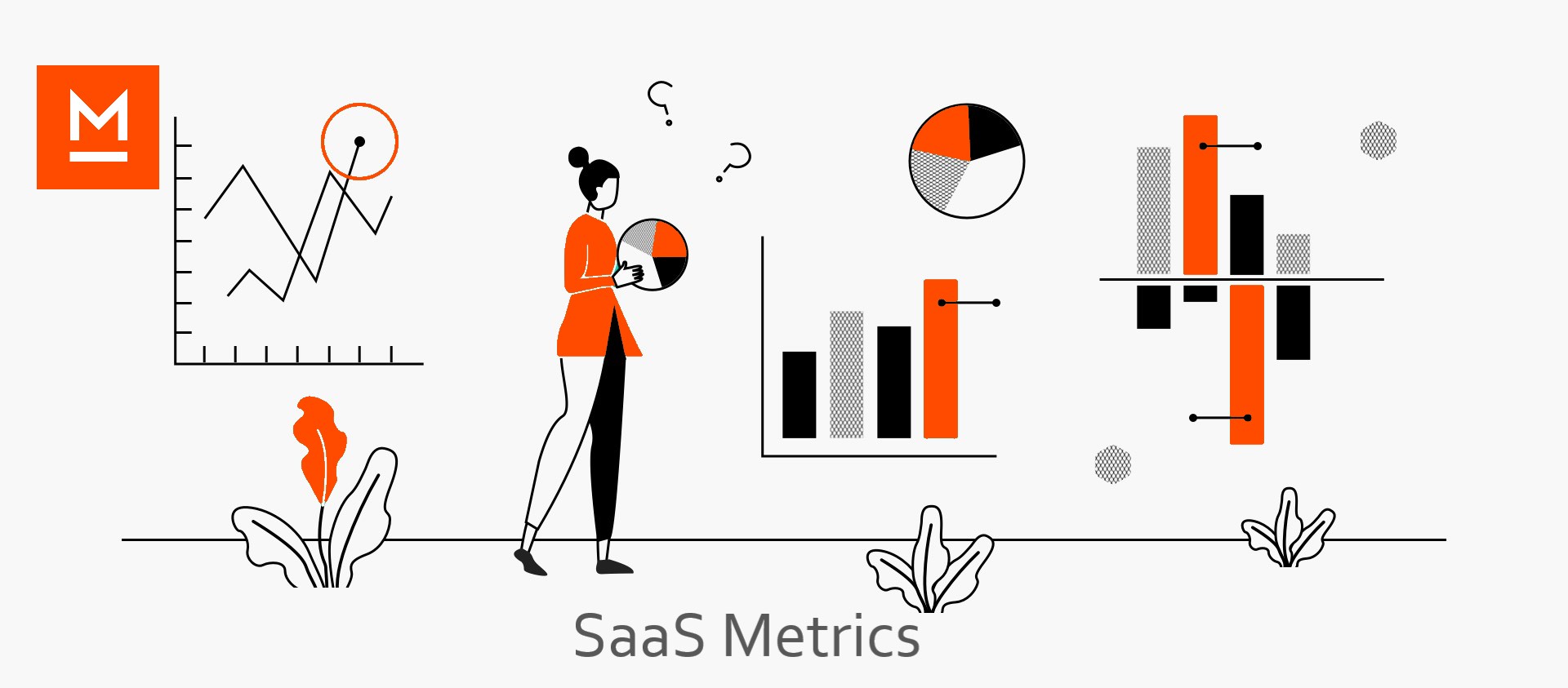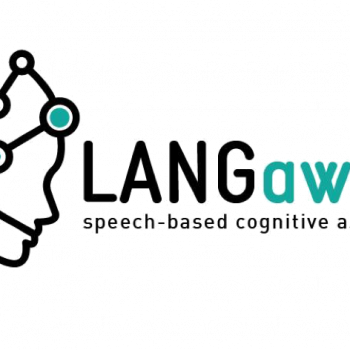
A B2B startup guide to mastering SaaS
- Posted by Metavallon VC Team
- On November 15, 2021
- No tags found
SaaS remains a fast-growing area, from which many new startups with scalable business models and strong profit margins are emerging. But SaaS is clearly more complex than you might first think, and many startups have the problem of not really being able to assess what exactly is driving the success or failure of their SaaS business. Starting to track the right metrics helps understand the SaaS mechanisms and ultimately master the SaaS game – in this article we examine how to do that for startups that have already achieved product-market fit and are on an expansionary mode.
What is SaaS and what are the main objectives?
SaaS stands for Software as a Service and the main attraction to it are high margins and the recurrence of revenue.
When growing your SaaS business, there are actually three important goals and their relative metrics to keep in mind:
- Acquisition of new customers: this is a main driver of growth. It is important to look at the Customer Acquisition Costs (CAC), that is how expensive it is to acquire a customer, as this is relevant to building a sustainable business. Satisfied customers will promote the SaaS product through word of mouth and thus attract new customers.
- Minimize churn rate: by losing customers or revenue, not only the initial investment (CAC) is lost, but there is a risk that dissatisfied customers will also discourage others from using your software solution.
- Expansion Revenue: monetizing existing customers as much as possible is key, because these customers do not need to be acquired again and already trust your solution. Expansion revenue can help you achieve new growth and improve your profit margin. This is especially relevant when it becomes difficult or expensive for you to acquire new customers and you need to show strong numbers to investors.
1) Acquiring new Customers
Almost every SaaS business makes losses in the beginning, as the CAC is paid upfront, and the customer usually pays his subscription monthly thereafter. It may scare many founders at first, but the more and faster you want to grow, the bigger the losses are at the beginning and, counterintuitively, this is what you want to see (this is also what external financing is for!). But how do you know if the business can be sustainable in the long run?
To find out if you have a sustainable business model that can survive long term, two three metrics are of essence.
- Customer Lifetime Value (LTV) compared to Customer-Acquisition Cost (CAC). Ideally the LTV should be minimum 3 times higher than the CAC. This concept ensures that you can profitably acquire new customers and that your business has a realistic chance to survive long term.
- Number of months your startup needs to recover CAC. This number measures the time you need to reach profitability, or in other words how quickly the startup’s investment in customer acquisition reaches the break even point. Although high performing SaaS businesses are able to recover CAC in five to seven months, the rule of thumb for startups is that they should not exceed 12 months.
- Rule of 40% is another important rule of thumb to evaluate your SaaS business, which states that the sum of the yearly growth rate and the operating profit should be greater than 40%.
For example, if you grow with 60% but have a profitability of -15%, it results in 45%. In this case, you would sacrifice profit in order to grow strongly. On the other hand, you could grow 10% and make 30% of profit. In this case you only grow moderate but have high profitability. Whatever combination is right, heavily depends on the stage your SaaS business is in with earlier startups expected to be growing faster and sacrificing profit at the beginning of their journey.
2) Minimizing Customer and Revenue Churn
One common mistake many new SaaS founders make is that they focus only on acquiring new customers and do not focus on retaining existing customers. Churn is an important issue, because 1-2% decrease in churn rate can lead to several tenths of percent increase in profitability. Not only that, the churn rate can also tell you how big the entire business can actually become. At some point the business will reach a capacity limit where the revenue from newly acquired customers is just as high as the revenue from lost customers, so that the total revenue stagnates.
Churn can be calculated in two ways:
1. Customer churn tells you how well you can retain customers. At the beginning of the startup you should focus on customer churn, because every customer is important at first and you don’t really cross-sell or upsell yet.
2. Revenue churn, which tells you how well you can retain revenue.
In the long run, revenue churn is the more important metric because it can be, for example, that one customer brings you as much revenue as 10 customers combined.
Revenue churn also plays an important role when calculating the new Monthly Recurring Revenue (MRR) or Annual Recurring Revenue (ARR), which is then called Net New MRR/ARR. This is calculated by adding the expansion MRR/ARR of existing customers to the new MRR/ARR from existing customers and then subtracting the churned MRR/ARR of the lost customers.
As a SaaS founder, you should track all the individual components of Net new MRR/ARR over time and try to understand which factors drive these numbers. It is advisable to perform a customer segmentation in order to conduct target group-specific analyses. The net MRR growth rate for a healthy SaaS business should be between 10% and 20%.
3) Expansion Revenue
The dream of every SaaS founder is “negative churn”. Negative churn happens when the expansion revenue, i.e. the revenue generated from existing customers with up-sells, cross-sells etc., is greater than the lost revenue from churned customers. To achieve negative churn, you have to try to increase expansion revenue. This can be achieved, for example, by launching and cross-selling new features/products or by adjusting the pricing model with even more expensive additional premium services. A startup should focus on its core product in the first few months, but founders should already be thinking about what additional services could be added in the long term to increase expansion revenue. By achieving negative churn you can avoid reaching the stagnation of revenue previously described.
Key Takeaways and next steps
These are the next actionable steps you can take to master your SaaS business:
- Make sure you set the right overall goals: customer acquisition, customer retention and revenue expansion of existing customers
- Timing is very important. Make sure to hit the break or the accelerator pedal at the right moment. Keep it mind, the more you invest in the beginning, the faster you will grow long term.
- Make sure your business model is sustainable, that means that LTV should be at least three times bigger than CAC and months to recover CAC should not exceed 12 months.
- Make sure that the rule of 40% holds, that means profitability plus growth rate should equal at least 40%.
- Churn is one of the most crucial parts in your business. Pay first attention to customer churn, then to revenue churn in the long run.
- Make sure you track each component of Net new MRR/ARR and achieve between 10% and 20%.
- The ultimate goal is negative churn, that means your additional revenue generated by your existing customers surpasses the revenue lost from cancellations or downgrades.
- You can achieve negative churn by up-sells, cross-sells, add-ons and reactivations
Good luck!







